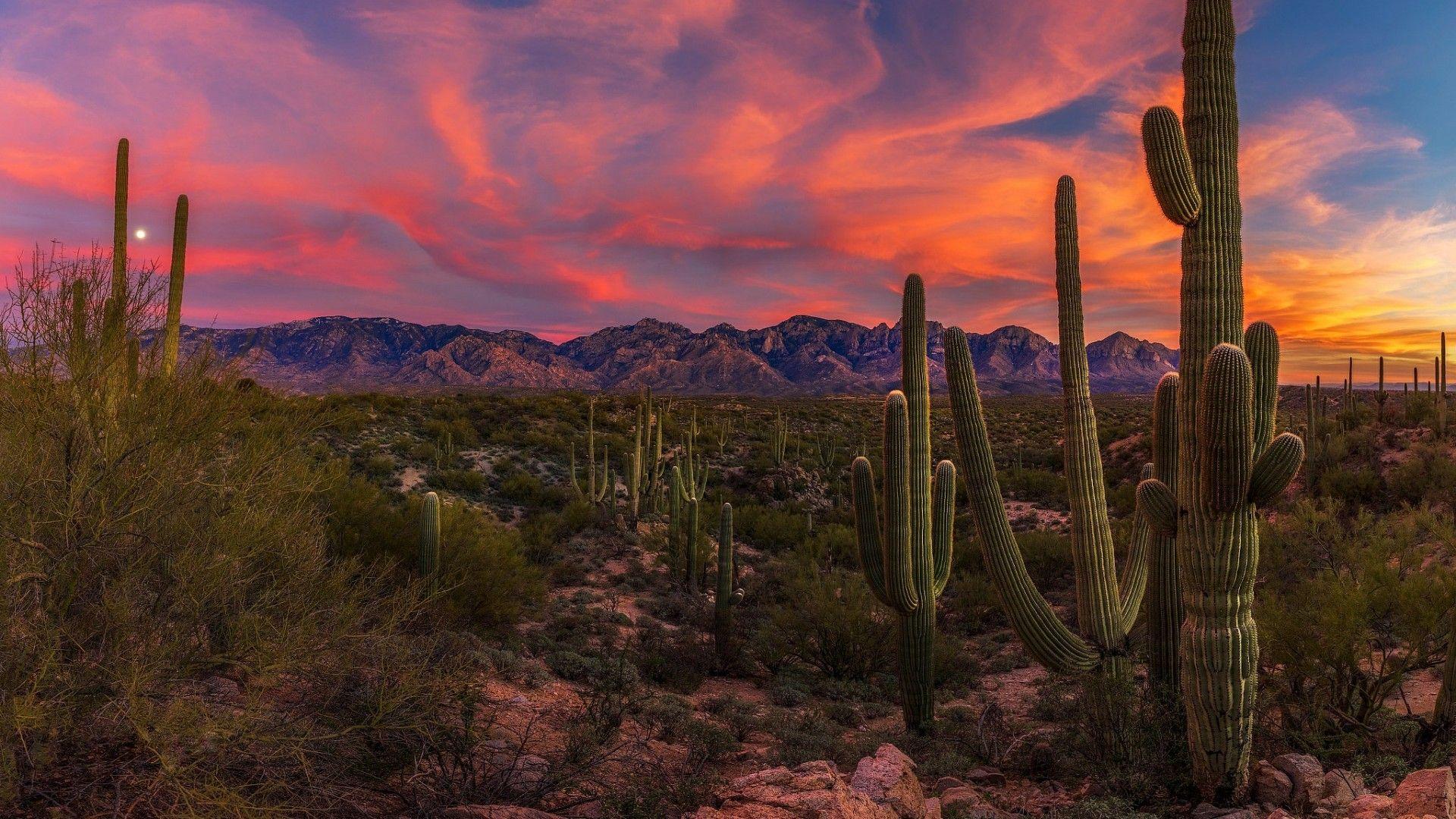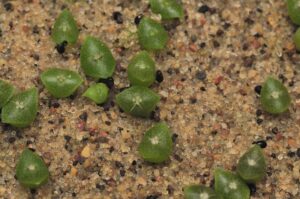Arizona’s arid climate nurtures a remarkable variety of cacti that thrive in its desert landscapes. As a veritable tapestry of green spines and vibrant blooms, the cacti of Arizona not only contribute to the ecosystem but also inspire fascination among nature enthusiasts. Understanding the varieties of cacti that populate this region is crucial for anyone seeking to appreciate Arizona’s unique biomes or consider them for landscaping purposes.
With the distinct climatic conditions, these cacti have evolved to demonstrate a remarkable range of adaptations that enable their survival in extreme environmental situations. Let’s embark on a journey to discover some of the most iconic types of cactus found in Arizona’s desert landscape.
Recognizing the Iconic Saguaro Cactus
The Saguaro cactus (Carnegiea gigantea) stands as an emblem of the Sonoran Desert, symbolizing the arid southwest of the United States. Among the largest cacti in the world, these towering giants can grow to be over 40 feet tall and live for more than 150 years. Characterized by their arm-like extensions, Saguaros bloom spectacular white flowers each May, which turn into sweet, red fruits by late June. These flowers are not only stunning but are also an essential food source for various species, including birds and insects.
The Saguaro cactus is not only visually striking but also serves critical ecological roles. Its structure provides habitats for over 25 different bird species, while the fruit and seeds offer nutrition to mammals and insects. When considering cactus landscaping, the Saguaro’s majestic presence is often a top choice, but local regulations often dictate where and how they can be planted due to their federally protected status.
The Engaging Barrel Cactus
Barrel cacti, particularly the Fishhook Barrel cactus (Ferocactus wislizeni), are among the most captivating species found in Arizona. Known for their rounded, barrel-like shape and distinctive hooked spines that coil outward, these cacti display a robustness that captures the spirit of the desert. They typically grow to between 2 to 10 feet in height and expand significantly in diameter.
Barrel cacti exhibit remarkable adaptations to conserve water, including a waxy outer skin and a unique ability to store moisture in their thick flesh. In the spring, they reward observers with vibrant yellow or orange flowers that crown the top. While they may seem daunting with their intimidating spines, these cacti can make delightful additions to xeriscape gardens, providing both resilience and beauty.
The Mesmerizing Organ Pipe Cactus
Occupying the Mexican border region, the Organ Pipe cactus (Stenocereus thurberi) is a striking species characterized by its multiple upright columns resembling organ pipes. This variety can grow up to 20 feet tall and often features clusters of up to 20 branches emerging from a single base. When in bloom, the Organ Pipe cactus produces ethereal white or creamy flowers that open at night, attracting nocturnal pollinators such as bats. This nocturnal blooming creates an enchanting spectacle that is worth experiencing.
Thriving in the warm, sunny regions of southern Arizona, the Organ Pipe cactus finds its niche in rocky, well-draining soils. As they mature, they develop a unique ribbed appearance, enhancing their architectural beauty within a desert landscape. Their striking aesthetics and adaptability make them a favored choice for enhancing outdoor spaces in arid climates.
The Adaptable Prickly Pear Cactus
Prickly Pear cactus (Opuntia spp.) is one of the most diverse families of cacti, with many species thriving throughout Arizona’s varied terrains. Characterized by flat, paddle-like cladodes and vibrant blooms, Prickly Pears can grow from a low shrub to more substantial heights. Each variety showcases a distinct array of colors, ranging from deep pink and crimson to bright yellow and orange.
The fruit of the Prickly Pear, known as “tunas,” is both edible and delicious, often enjoyed in jellies, candies, or consumed raw. The pads themselves are harvested as “nopales,” a delightful and nutritious addition to various dishes. The Prickly Pear’s adaptability to various soil types makes it an ideal candidate for landscaping, although care must be taken to avoid its formidable glochid spines.
Conclusively Understanding the Role of Cacti in Arizona’s Ecosystem
Understanding the types of cacti in Arizona is not merely about appreciating their aesthetic appeal but also about recognizing their vital roles within the ecosystem. Cacti possess unique adaptations that enable them to thrive in harsh environments, and their presence sustains many forms of wildlife. From providing food and shelter to contributing to soil stabilization, cacti form the backbone of the desert ecosystem.
For those contemplating incorporating cacti into their landscaping, careful consideration of species, soil, sunlight requirements, and water availability is paramount. Cacti are hardy, sustainable, and often require minimal maintenance, making them environmentally-friendly choices for arid regions.
As we marvel at the diverse species of cacti that define Arizona’s desert landscape, we become more aware of the delicate balance of life in these extraordinary ecosystems. Embracing the beauty and functionality of cacti can enhance our appreciation not just for the plants themselves but for the intricate web of connections that sustain them.





Leave a Comment